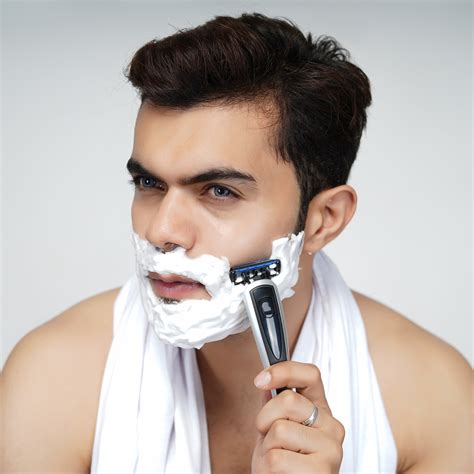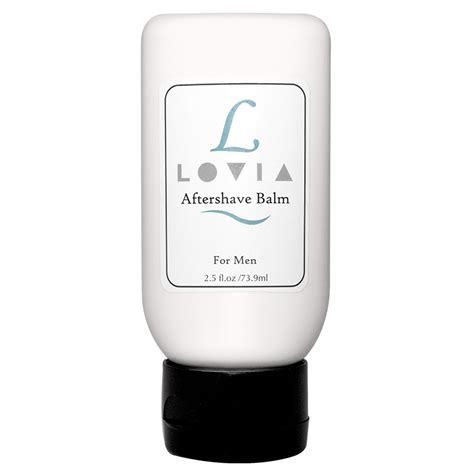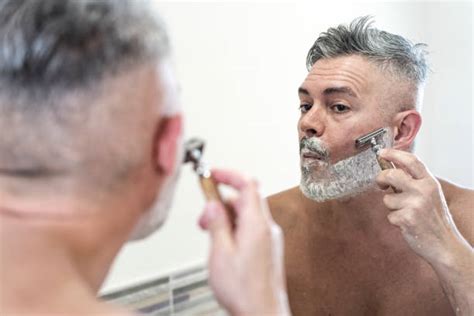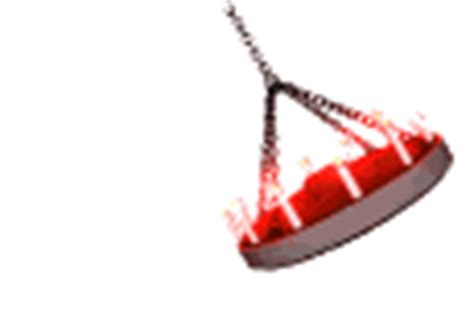Best method to prevent razor burn and ingrown hairs for a sharp, irritation-free shave?

Razor burn and ingrown hairs are frustrating realities for many who shave. The quest for a truly sharp, irritation-free shave often feels like an elusive goal. However, with the right approach and a few simple adjustments to your routine, you can significantly reduce these common issues and enjoy a much smoother, healthier skin.
The Foundation: Pre-Shave Preparation
The secret to preventing post-shave irritation begins even before the blade touches your skin. Proper preparation is crucial for softening your hair follicles and protecting your skin.
- Warm Shower or Hot Towel: Start by washing your face or the area you intend to shave with warm water. A warm shower or applying a hot, damp towel for a few minutes will open your pores and soften your hair, making it easier to cut.
- Gentle Exfoliation: Before shaving, gently exfoliate the skin to remove dead skin cells that can trap hairs and lead to ingrowns. Use a mild scrub or an exfoliating brush in circular motions. Be careful not to over-exfoliate, as this can cause irritation.
- Pre-Shave Oil: Apply a thin layer of pre-shave oil. This creates an additional protective barrier between your skin and the razor, providing extra lubrication and reducing friction.

Mastering Your Shaving Technique
Your technique is paramount in preventing razor burn and ingrown hairs. Sloppy or aggressive shaving is a leading cause of irritation.
First, always use a sharp, clean razor blade. A dull blade requires more pressure, tugs at your hair, and increases the likelihood of nicks, cuts, and irritation. Replace disposable blades frequently (after 5-7 shaves) or cartridge blades as soon as you feel any drag. For safety razors, replace the blade every few shaves.
Apply a high-quality shaving cream or gel that produces a rich, thick lather. This helps lift the hairs, provides lubrication, and allows the razor to glide smoothly. Let the lather sit on your skin for a minute or two to further soften the hairs.
Shave with the grain (in the direction your hair grows). While shaving against the grain might offer a closer shave initially, it significantly increases the risk of razor burn and ingrown hairs by pulling the hair taut and cutting it below the skin’s surface. For a closer shave, consider a second pass across the grain, but always be gentle.

Use light, short strokes without applying excessive pressure. Let the sharpness of the blade do the work. Rinse your razor frequently under warm water to clear away accumulated hair and shaving cream, ensuring a clean cutting edge with each stroke. Avoid going over the same area multiple times, as this can strip the skin of its protective oils.
Essential Post-Shave Care
What you do immediately after shaving is just as important as your preparation and technique.
- Rinse with Cold Water: After you’ve finished shaving, rinse your face thoroughly with cold water. This helps to close your pores, soothe the skin, and remove any remaining shaving cream or stray hairs.
- Apply an Alcohol-Free Aftershave Balm: Skip harsh, alcohol-based aftershaves that can dry out and irritate your skin. Instead, opt for an alcohol-free aftershave balm or moisturizer with soothing ingredients like aloe vera, witch hazel, or chamomile. This will hydrate your skin and reduce redness.
- Moisturize Regularly: Keep your skin hydrated daily, not just after shaving. Well-moisturized skin is more resilient and less prone to irritation and ingrown hairs.

Tools of the Trade and Long-Term Prevention
Investing in the right tools can make a significant difference. A high-quality safety razor or a good cartridge razor (with fewer blades) can provide a smoother shave with less irritation than multi-blade razors that pull and cut hairs too short.
Consider using a shaving brush to create a rich lather with your shaving cream. The brush also helps to lift hairs and gently exfoliate the skin, preparing it perfectly for the blade. Always store your razor in a clean, dry place to prevent bacterial growth and maintain blade sharpness.

For persistent ingrown hairs, consider chemical exfoliants containing salicylic or glycolic acid (AHA/BHA) applied a few times a week, but not immediately after shaving. If you’re highly prone to razor burn and ingrown hairs despite following all best practices, an electric shaver might be a less irritating alternative, though it might not provide as close a shave.
Consistency is key. Establishing a regular shaving routine that incorporates these steps will yield the best long-term results, transforming your shave from a chore into a comfortable and satisfying experience.

Conclusion
Achieving a sharp, irritation-free shave is entirely within reach with a thoughtful and consistent approach. By prioritizing pre-shave preparation to soften hairs, employing a gentle shaving technique with a sharp blade and shaving with the grain, and providing proper post-shave care, you can significantly reduce and often eliminate razor burn and ingrown hairs. Embrace these practices, and enjoy the confidence that comes with smooth, healthy skin.








